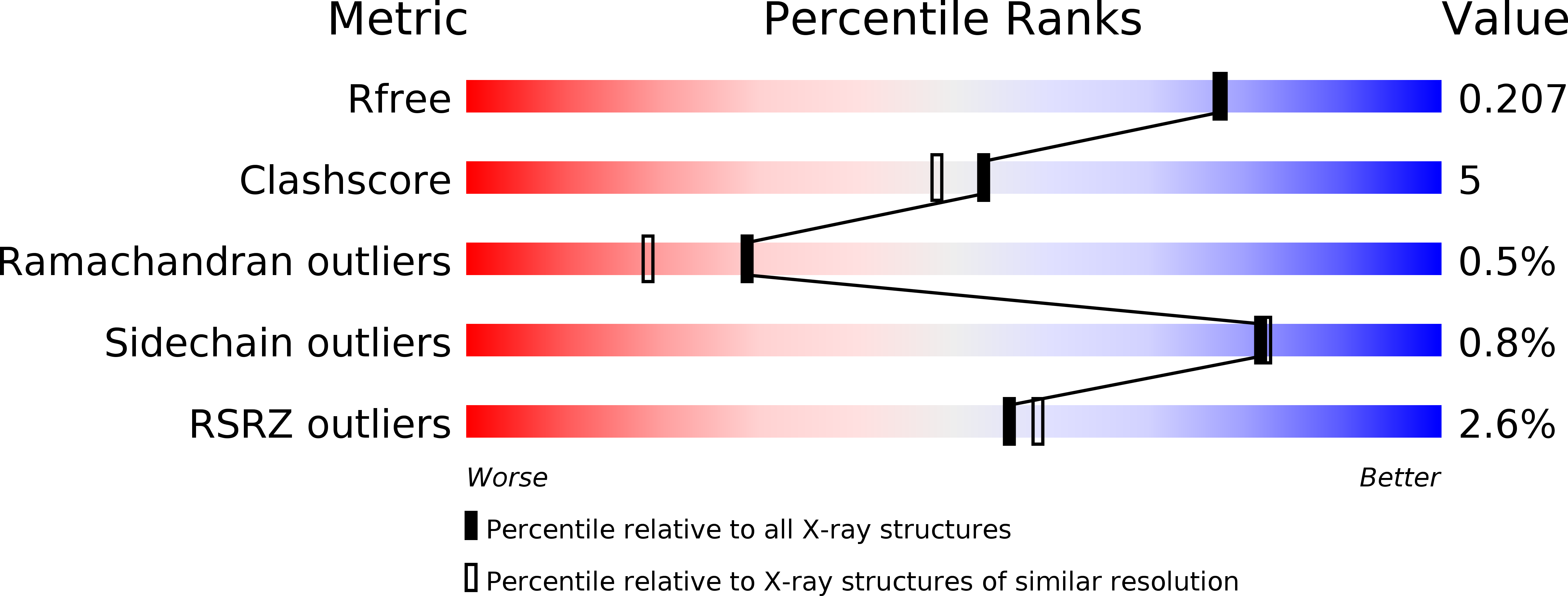
Deposition Date
2009-08-06
Release Date
2009-11-24
Last Version Date
2023-12-20
Entry Detail
Biological Source:
Source Organism:
XANTHOMONAS CAMPESTRIS PV. CAMPESTRIS (Taxon ID: 340)
Host Organism:
Method Details:
Experimental Method:
Resolution:
1.90 Å
R-Value Free:
0.20
R-Value Work:
0.15
R-Value Observed:
0.15
Space Group:
P 1 21 1


